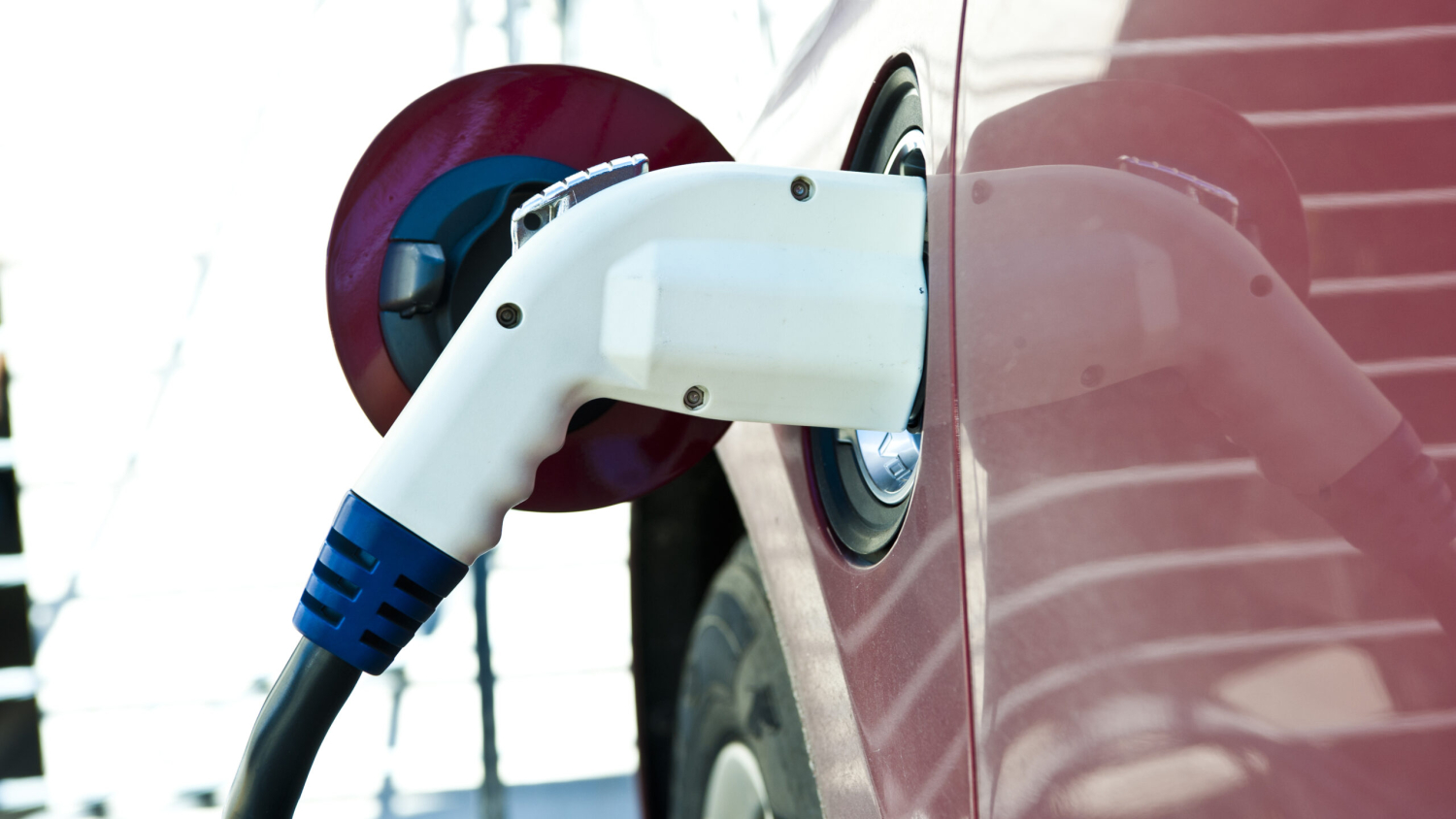DOE Renews Funding for PowerAmerica

The U.S. Department of Energy (DOE) has renewed funding for PowerAmerica, a Manufacturing USA Institute headquartered on NC State University’s Centennial Campus, its Advanced Materials & Manufacturing Technologies Office (AMMTO) announced Wednesday.
PowerAmerica, DOE’s first Clean Energy Manufacturing Innovation Institute, will receive an initial $8 million — with the potential for $32 million in total DOE funding over the next five years.
PowerAmerica works to advance the domestic manufacturing of next-generation wide bandgap (WBG) semiconductors for power electronics.
“These high-performance power electronics can increase electric vehicle driving range; help integrate renewable energy into the electric grid; and lead to significant energy savings,” the DOE wrote in its news release.
“The Department of Energy’s continued commitment to PowerAmerica clearly demonstrates the value our institute provides to the U.S. semiconductor industry,” says Victor Veliadis, executive director and CTO of PowerAmerica. “The proliferation of wide bandgap semiconductor chips in power electronics is vital to achieving decarbonization across the economy.”
PowerAmerica is a member-driven manufacturing consortium of industry, universities and national labs that’s accelerating the commercialization of energy-efficient WBG power semiconductor chip technologies.
“I’m grateful to our members for their support over the years — and excited that we now have an opportunity to scale our impact on efficient electrification, manufacturing, and clean energy technologies,” says Veliadis, who’s also a professor of electrical and computer engineering at NC State. “I’m looking forward to future collaborations and strengthening our WBG ecosystem.”
PowerAmerica not only leads the innovation of semiconductors that surpass the operational limitations of traditional silicon-based designs, it also trains the future workforce of America’s manufacturing sector.
PowerAmerica has trained hundreds of masters and Ph.D. students — and thousands more K-12 students in STEM programs.
Additionally, representatives of its 89 members come to Centennial Campus twice a year, “to define advanced projects that catalyze clean-energy innovations and high-tech manufacturing,” Veliadis says.
One proposed focus of the new funding is to scale up PowerAmerica’s existing education and workforce development program. This fresh batch of DOE funding builds upon initial federal funding of $70 million.
“The work PowerAmerica … is doing to galvanize commercialization of high-performance power electronics is invaluable to our clean energy future,” AMMTO Director Chris Saldaña said in the DOE news release. “PowerAmerica has catalyzed an innovation ecosystem that touches nearly every sector up and down each supply chain.”
PowerAmerica has commercialized more than 10 WBG technologies over the last five years. To date, 40% of PowerAmerica projects have reached or are set to reach commercial status.
PowerAmerica is one of seven Manufacturing USA Institutes NC State has been involved with.
About PowerAmerica
PowerAmerica, which launched in 2014 as the Next Generation Power Electronics Institute, leads the innovation of semiconductors that surpass the operational limitations of traditional silicon-based designs — while also training the future workforce of America’s manufacturing sector. Since its launch, PowerAmerica has trained more than 400 masters and Ph.D. students — and 9,000 K-12 students in STEM programs, including 2,000 participants in hands-on training. PowerAmerica also regularly hosts hundreds of attendees at its short courses and tutorials.
PowerAmerica is one of seven Clean Energy Manufacturing Innovation Institutes supported by the DOE. Additionally, PowerAmerica is one of the 16 member institutes of Manufacturing USA, a national network of manufacturing innovation institutes created to secure U.S. global leadership in advanced manufacturing through large-scale public-private collaboration on technology, supply chain, and education and workforce development.
For more information about PowerAmerica, visit https://poweramericainstitute.org/.
About WBG Semiconductors
WBG semiconductors use cutting-edge materials to enable high-performance power electronics with a range of applications — including industrial equipment, data centers, consumer devices and more. Silicon carbide (SiC) and gallium nitride (GaN) WBG semiconductor technology makes the power electronic modules significantly more powerful and energy efficient than those made from conventional semiconductor materials, namely silicon.